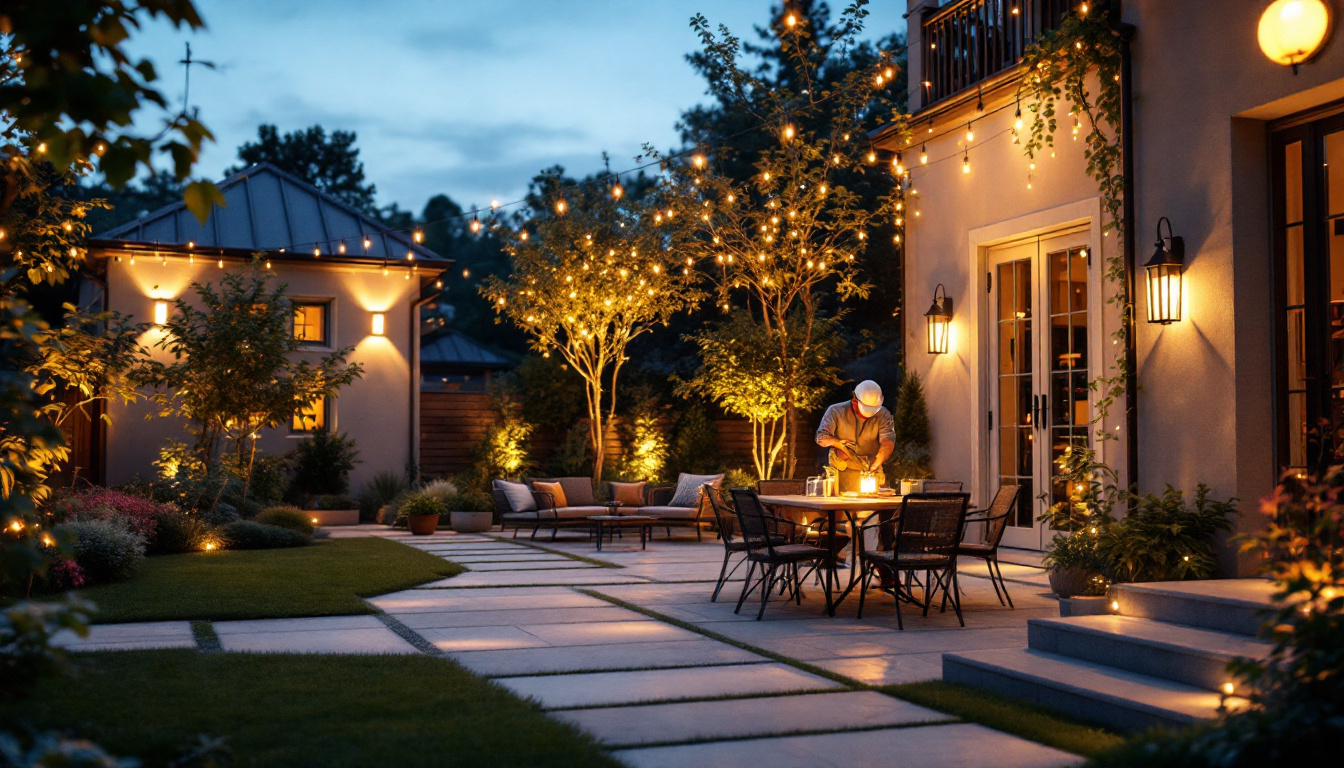
In the ever-evolving world of interior design, lighting plays a crucial role in enhancing aesthetics and functionality. For lighting contractors, understanding the nuances of remodel can lights is essential for delivering exceptional results to clients. This article delves into expert advice on selecting, installing, and optimizing remodel can lights, ensuring that contractors can meet their clients’ needs effectively.
Remodel can lights, also known as recessed lights, are a popular choice for modern homes. They offer a sleek, unobtrusive lighting solution that can be used to create various moods and effects. These fixtures are designed to be installed in ceilings, providing a clean look while maximizing floor space. For contractors, understanding the different types of remodel can lights available is the first step in ensuring successful installations.
There are several types of remodel can lights, each serving different purposes and fitting various design aesthetics. The most common types include:
Remodel can lights offer numerous advantages for both contractors and homeowners. For contractors, these lights can simplify installation and provide flexibility in design. Homeowners benefit from improved aesthetics and functionality. Some key benefits include:
In addition to these benefits, remodel can lights can also enhance the overall ambiance of a room. By strategically placing these fixtures, homeowners can create layers of light that add depth and warmth to their spaces. For instance, using a combination of recessed lighting and accent lights can highlight specific areas, such as a cozy reading nook or a vibrant gallery wall, making the environment feel more inviting and personalized. Furthermore, the ability to dim these lights or adjust their color temperature can dramatically alter the mood of a room, allowing for a seamless transition from bright, functional lighting during the day to soft, relaxing illumination in the evening.
Moreover, the installation process for remodel can lights has evolved significantly, with many products now featuring user-friendly designs that simplify the task for DIY enthusiasts. Some models come with integrated clips that make mounting easier, while others include adjustable housings that accommodate different ceiling thicknesses. This innovation not only saves time during installation but also reduces the likelihood of errors, ensuring that the lights are securely and properly positioned. As a result, both contractors and homeowners can enjoy the benefits of remodel can lights without the stress of complicated installation procedures.
Proper installation of remodel can lights is crucial for achieving optimal performance and safety. Lighting contractors must pay attention to several key factors during the installation process.
Before installation, careful planning of the layout is essential. This involves determining the number of fixtures needed and their placement within the space. Consider the following:
Electrical safety is paramount when installing remodel can lights. Contractors must adhere to local electrical codes and regulations. Key considerations include:
The choice of bulbs for remodel can lights significantly affects the quality of light produced and the overall ambiance of the space. Lighting contractors should consider various factors when selecting bulbs.
Different types of bulbs can be used in remodel can lights, each offering unique benefits:
When selecting bulbs, contractors should also consider color temperature and brightness. Color temperature is measured in Kelvin (K) and can significantly affect the mood of a space:
Once the fixtures and bulbs are selected, the next step is to optimize the lighting design. This involves considering how the light interacts with the space and how it can be used to enhance the overall design.
Effective lighting design often involves layering different types of light to create depth and interest. This can include:
Incorporating dimmer switches allows for greater control over light levels, enabling homeowners to adjust the brightness according to their needs and preferences. This flexibility can enhance the functionality of a space, making it suitable for various activities, from entertaining guests to relaxing after a long day.
Even experienced contractors may encounter challenges when working with remodel can lights. Understanding common issues and their solutions can help ensure a smooth installation process.
Overheating can be a concern with remodel can lights, especially with non-IC-rated fixtures. To mitigate this risk:
Uneven lighting can detract from the overall aesthetic of a space. To achieve a more balanced illumination:
Once the remodel can lights are installed, ongoing maintenance is essential to ensure their longevity and performance. Contractors should educate homeowners on proper care and maintenance practices.
Dust and debris can accumulate on fixtures and bulbs, diminishing their effectiveness. Homeowners should be encouraged to:
As bulbs reach the end of their lifespan, they will need to be replaced. Contractors can provide guidance on:
Remodel can lights offer a versatile and stylish lighting solution for modern homes. For lighting contractors, mastering the intricacies of these fixtures is vital for delivering exceptional results. By understanding the types of remodel can lights available, planning installations carefully, selecting the right bulbs, and optimizing lighting design, contractors can ensure that their clients enjoy beautifully illuminated spaces.
With ongoing attention to maintenance and the ability to address common challenges, contractors can build a reputation for quality work and customer satisfaction. As the demand for innovative lighting solutions continues to grow, staying informed and adapting to new technologies will be key to success in the lighting industry.
Ready to elevate your lighting projects with the finest remodel can lights on the market? Look no further than LumenWholesale, where we offer an exceptional range of spec-grade lighting products at wholesale prices that simply can’t be beaten. Our commitment to quality and affordability ensures that you have access to the best lighting solutions for any space. With free shipping on bulk orders, you can stock up on high-performance lighting without worrying about extra costs. Make your next project shine and discover the best value in wholesale lighting today with LumenWholesale.

Discover the rising trend of square pot lights and their transformative impact on modern lighting design.

Explore how outdoor lighting trends are reshaping the financial landscape for lighting contractors.

Discover the ultimate lighting contractor checklist for 6 inch can light covers.

Explore the advantages and drawbacks of using recessed light rings in your projects.